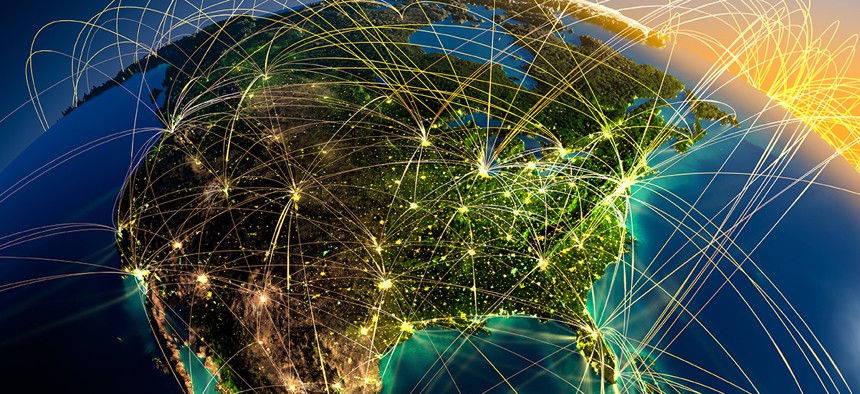Google and Facebook Double Down on Internet Infrastructure With New Pacific Cable

Anton Balazh/Shutterstock.com
The cable system that will be ready in 2018.
Google is doubling down on its submarine cable investments in the Pacific ocean, this time with Facebook’s backing. The two tech companies announced last week they are joining a consortium to build a new transpacific submarine cable system that will be ready in 2018.
The project, known as the Pacific Light Cable Network, will be the largest-capacity transpacific link when it’s operational, with a bandwidth of 120 terabits per second. It will stretch 12,800km between Manhattan Beach, in Los Angeles, California, and Tseung Kwan O, in Hong Kong. The planned cable has double the capacity of the current largest pipe under the Pacific, the FASTER cable system, which Google also invested in.
Neither Google nor Facebook disclosed the amount they are investing, but the project costs $400 million in total, according to the consortium’s other partners, TE Connectivity and China Soft Power Technology Holding, when the project was first announced last November.
The Pacific is seeing a boom in submarine-cable construction. Nearly $1.5 billion has been committed to submarine routes there between 2016 and 2018, making it among the world’s most heavily invested regions for new fiber-optic bandwidth, according to data from research firm TeleGeography. It’s part of a wider trend of internet infrastructure investment in Asia outpacing other regions.
The new cable project contributes to another infrastructure trend, where content-owners like Google and Facebook increasingly build their own pathways to their end-users to cater to explosive demand for bandwidth-intensive content, such as video streams. The amount of traffic that flows over these privileged links has grown so great it has altered the structure of the internet itself, in a phenomenon known as the “flattening” of the internet. Facebook teamed up with Microsoft in May to build a new transatlantic cable, dubbed Marea, which connects Bilbao in Spain to Virginia in the United States.
Google says it’ll use the capacity from its new Hong Kong-LA cable to serve its Google Cloud Platform customers. The new bandwidth could accommodate 80 million simultaneous high-definition video calls between the two regions, the company said in a blog post. Video-heavy data links are precisely what the world’s biggest tech companies are preparing for, and why they’ll continue to own more of the internet’s infrastructure.





